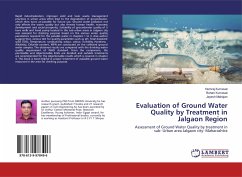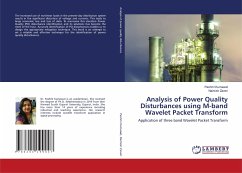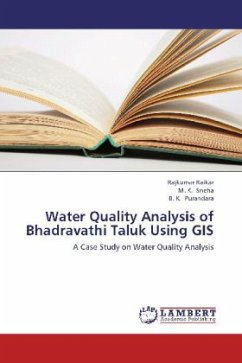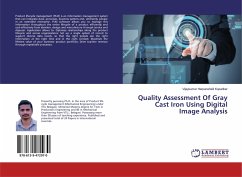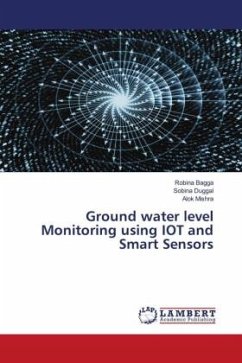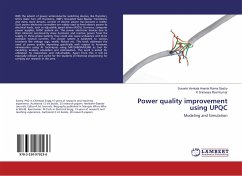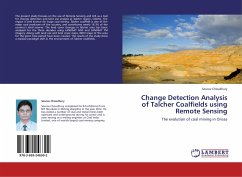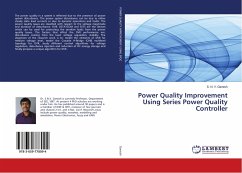
Water Quality Analysis Using Water Quality Index Methods
Water Quality Analysis Using Two Different Water Quality Index Methods
Versandkostenfrei!
Versandfertig in 6-10 Tagen
39,99 €
inkl. MwSt.

PAYBACK Punkte
20 °P sammeln!
The surge of industrial activities has led to tremendous increase in the use of heavy metals, synthetic dyes and other toxic chemicals, and inevitably resulted in an increased flux of these substances in the aquatic environment thereby intensifying more environmental problems as seen for example in the deterioration of several ecosystems. Moreover, we are also blessed by Mother Nature by a wide variety of natural materials. Therefore, my primary objective has been to realize how these waste materials and natural resources can be recycled / utilized and apply that knowledge to the creation of n...
The surge of industrial activities has led to tremendous increase in the use of heavy metals, synthetic dyes and other toxic chemicals, and inevitably resulted in an increased flux of these substances in the aquatic environment thereby intensifying more environmental problems as seen for example in the deterioration of several ecosystems. Moreover, we are also blessed by Mother Nature by a wide variety of natural materials. Therefore, my primary objective has been to realize how these waste materials and natural resources can be recycled / utilized and apply that knowledge to the creation of novel techniques for pollution control.Water quality index is a single value numerical expression which can evaluate the quality of given water body at particular position and time. It has been observed that the individual parameters vary quite widely whereas when it is converted to a single value indicator like Water quality index, their values varied quite narrowly.



